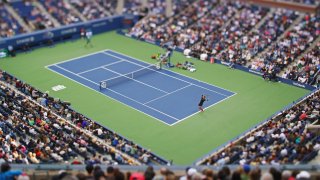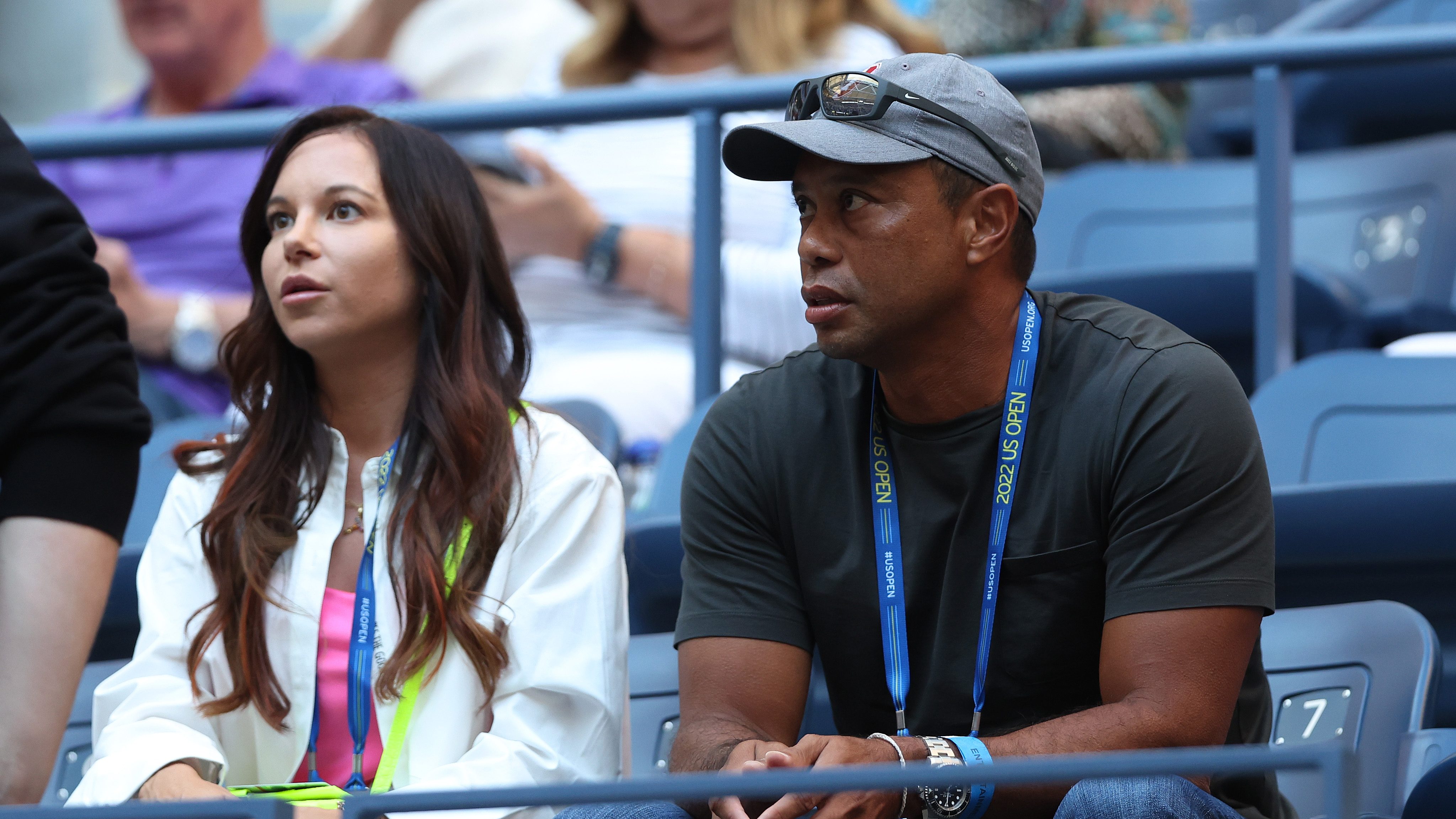
When you’re sitting in a stadium watching your favorite team play, do you ever look up and wonder what the planes hovering over see?
Most people gravitate towards the bird’s eye perspective, but what about the people down low? What about the athletes running plays and scoring goals?
The U.S. Open is well-versed in the potential for distraction from transportation vehicles up above, so much so that it actually implemented an air traffic rule.
Now that the 2022 U.S. Open is here, let’s take a look at what we can expect when it comes to air traffic at the Grand Slam tournament:
Get Connecticut local news, weather forecasts and entertainment stories to your inbox. Sign up for NBC Connecticut newsletters.
Are there air traffic rules implemented at the U.S. Open?
Yes, there are air traffic rules and expectations for the annual Grand Slam tournament, the U.S. Open.
Why are air traffic rules necessary?
Air traffic rules became a necessity after a plethora of complaints came in during the Grand Slam tournament’s 14-day duration each year.
More from the U.S. Open
According to the New York Times’ Robert Thomas Jr., “Complaints about the noise of LaGuardia takeoffs have been almost as incessant as the takeoffs themselves (about 500 a day) ever since the Open moved from its former home at the West Side Tennis Club in Forest Hills in 1978.”
When were the air traffic rules orchestrated?
Get ready for a deep dive into history, and no, I don’t mean just a few years ago.
All the way back in August of 1990, Mayor David N. Dinkins, who was the 106th Mayor of New York City and served from 1990 to 1993, ignited change for the U.S. Open.
Dinkins received help from the Queens borough president, Claire Shulman, who had been religiously putting in requests to the Federal Aviation Administration to implement such changes during tournament time.
What happened after the mayor appealed to the F.A.A. to implement air traffic rules?
Dinkins appealed to the Federal Aviation Administration to extend the typical procedures that LaGuardia Airport had in place for the U.S. Open. Previously, during the two days of men’s and women’s singles finals, special takeoff procedures were implemented. However, Dinkins urged for the procedures to extend for the entire two-week tournament, rather than just the days of the finals.
The mayor signed a contract in 1993 that said New York City has to pay the U.S. Tennis Association up to $325,000 a year if there are excessive fly-overs during the U.S. Open.
What did the air traffic rules consist of?
In layman's terms, as long as weather permitted, planes taking off during tournament hours would not use the route of Runway 13, which typically takes planes right over the tennis stadium in Flushing Meadows, N.Y.
In addition, if weather does not permit, the planes would use Runway 13 but would follow an established (yet rarely used) takeoff pattern that bypasses Flushing Meadows-Corona Park in Queens.
Was there any controversy over the air traffic rules?
Actually, yes. Mayor Rudy Giuliani complained 10 years later about the air traffic regulations. He accused U.S. Open tournament directors of sacrificing air safety for quiet tennis courts.
Giuliani, who was known to be a long-time critic of the city’s contract with the National Tennis Center, said rerouting the flights was an unnecessary inconvenience.
“It’s heavy normally when you don’t reroute things,” Giuliani said in a NY Post interview. “But when you start taking a lane away or a route away, it takes just a little degree of common sense to know that you’re creating more problems.”
In agreement with Giuliani, FAA spokesman Jim Peters claimed they “will not compromise safety for the sake of providing less noise over the stadium.” He believed planes should only be re-routed if and when weather permits. Otherwise, there is no point in taking the chance.
Joe Favorito, a spokesman for the F.A.A., settled the dispute by saying that if and when safety came into question, the rule would be waived.



